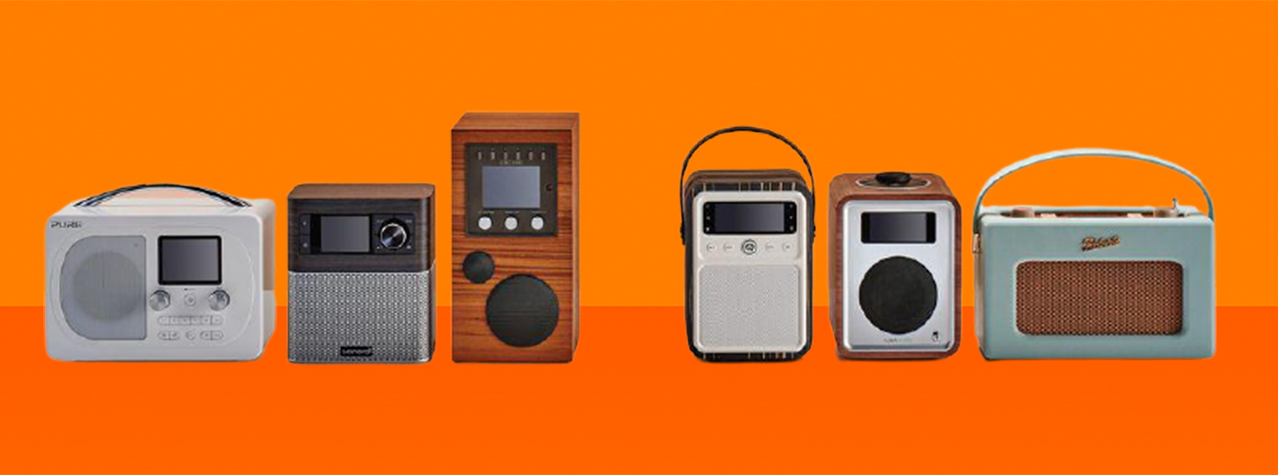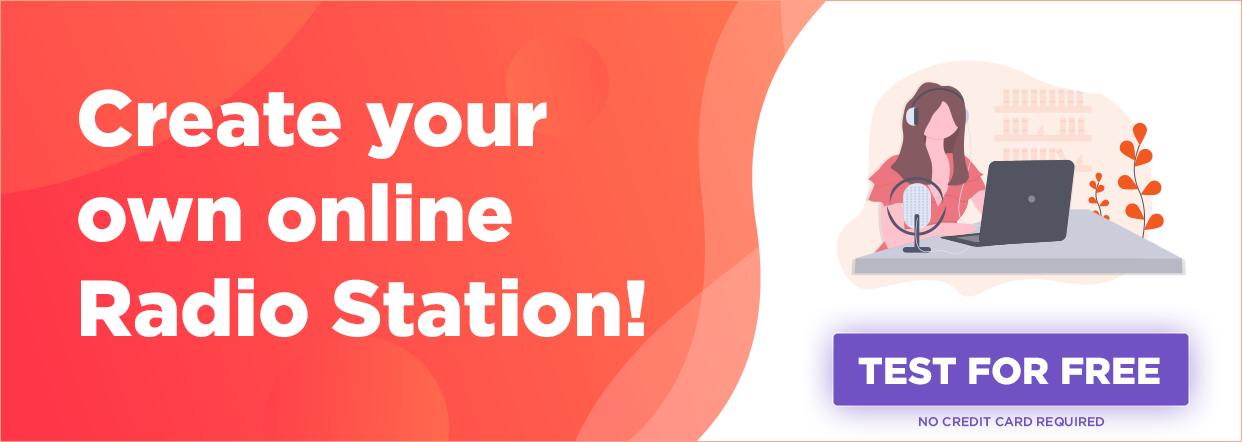The development of DAB (Digital Audio Broadcasting) radio has accelerated over the past few years and is said to, one day, replace the FM band. But what is DAB and how does it work? We’ve got all the answers for you in this article.
How does DAB radio work?
The broadcasting station generates audio that is encoded into a series of zeros and ones (a digital signal) which is then sent to a transmitter. This transmitter then distributes the digital signal over the airwaves which, in turn, is decoded by a digital radio receiver. This means that, in order to listen to DAB, you must have the necessary digital device.
Where is DAB radio available?
DAB is currently available in roughly 40 countries. To see if DAB radio is available in your country, check the full list below 👇
Countries with DAB radio
– Austria
– Belgium
– Brunei Darussalam
– Canada
– China
– Croatia
– Czech Republic
– Denmark
– France
– Germany
– Ghana
– Greece
– Hong Kong
– Hungary
– Indonesia
– Ireland
– Italy
– Latvia
– Malaysia
– Malta
– Mexico
– Monaco
– The Netherlands
– New Zealand
– Norway
– Poland
– Portugal
– Romania
– Russian Federation
– Serbia
– Singapore
– Slovenia
– South Africa
– South Korea
– Spain
– Sweden
– Switzerland
– Taiwan (Republic of China)
– Thailand
– Turkey
– United Kingdom
– Vietnam
🚨 Note: Although your country may be listed, this doesn’t necessarily mean that DAB radio is available in all cities. We invite you to do your research in order to check if DAB is available in your area.
What are the pros and cons?
👍 PROS
A wide choice of radio stations
One of the most obvious advantages is the huge amount of choice you have as a listener. Furthermore, it’s becoming increasingly popular to come across digital-only radio stations, such as BBC 6 Music.
Easily tune into your favourite stations
You’ll no longer need to fiddle around in order to get the right frequency (or even remember any frequency numbers for that matter!) With DAB radio, roaming and changing stations is incredibly easy. In fact, it’s pretty much as if you were to change channels on your TV. Plus, the screen on your digital radio device tells you which station you’re listening to, as well as whats currently playing.
Not just for listening to radio
Nowadays, you can do much more than simply listen to stations with your DAB radio. Some include bluetooth connectivity which allows you to connect your phone and play music directly from platforms such as Spotify. Others can connect to WiFi in order to give you access to up to 30 000 Internet radio stations. You can also listen to your favourite podcasts!
FM is becoming less popular
The number of DAB radio listeners is beginning to outnumber those that tune into traditional FM stations. Some countries such as Norway have already eliminated the FM band altogether, and have gone completely digital. This may well happen in other countries in the years to come too.

👎 CONS
Battling interference issues
Reducing interference problems was one of the main reasons behind the creation of DAB radio. Unfortunately, this idea didn’t go quite as planned. We’re all too familiar with the hissing sound made from interference issues on the FM band. Well, some may argue that the gurgling sound emitted from DAB interference is worse. Plus, your sound may be cut off completely which is extremely frustrating.
Keep battery usage in mind
The wide range of features on DAB radios means that your battery will inevitably drain faster than a regular radio. If you’re used to keeping your radio in one spot, then this shouldn’t be much of an issue for you. However, some models were designed to be portable, so make sure to be fully charged before you go! You’ll also find that some larger models have optional battery packs.
New technology can be expensive
As DAB radio is newer and more technologically advanced, it is also more expensive. The pricing will also depend on the additional features that you want (or don’t want!) Generally speaking, pricing ranges from £40 to £300.
It can take some getting used to
Although DAB radio was designed to be fairly intuitive and easy-to-use, it may take some time for certain people to get accustomed to them. Again, it will also depend on the available features that you’ll have to learn how to use (bluetooth, WiFi….)
Limited availability
Although the popularity of DAB is constantly increasing, it’s not yet available to everyone. The US is not equipped with DAB, so if you have a large audience in that part of the world, it wouldn’t be the right fit for your project. The best solution for reaching a worldwide audience is to broadcast via an Internet radio station.

What is DAB+?
Testing for regular DAB began in the 1990’s, with the first apparition in the UK in 1995, whereas DAB+ has been around since 2007. To put it simply, as you may imagine, DAB+ provides higher quality and access to more stations. If you’re planning on purchasing a DAB radio, we suggest that you get one that also receives DAB+ transmissions, as it’s the future of DAB transmissions. Most digital radios from the last 5 years receive both DAB and DAB+.
DAB vs Internet radio
DAB and Internet radio share qualities such as:
- Better sound quality: compared to traditional analog radio, DAB and internet radio both offer better audio quality.
- Information: get all the information about the song that is currently playing on DAB and Internet radio stations, unlike FM/AM radios.
- More choice: there are hundreds of thousands of Internet radio stations worldwide. DAB has also widened the choice of available radios.
While there are some similarities between the two, overall, Internet radio seems to still have a certain advantage over DAB. Internet radio stations:
- Are available worldwide: unlike DAB, Internet radio stations are available in all countries. Anyone who has an Internet connection can tune in.
- Can be listened to on a mobile device: making listening easy for your audience is essential. Unfortunately, DAB isn’t yet available for smartphones whereas Internet radio is.
- Are less expensive: starting an Internet radio station is much cheaper. It doesn’t require radio towers or exchanges with commercial multiplexes that distribute digital signals.
We hope that you now have a better understanding of what DAB radio is, and how it works!
